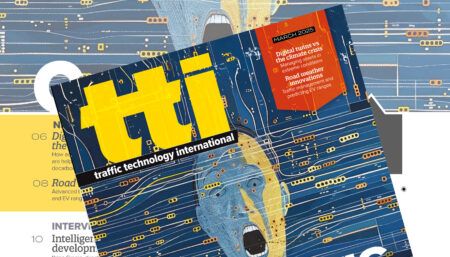The European Union’s (EU) Trans-European Transport Networks (TEN-T) program will provide funding support of over EUR6.5m (US$7.4m) for a pilot project that aims to improve road safety, traffic management and multimodality in France. The project will test and assess cooperative intelligent transport systems (C-ITS), allowing vehicles communicate to each other and with the road infrastructure for greater transport efficiency and increased safety. The pilot is the first part of a two-phase project that aims to study C-ITS and define a national roadmap for the implementation of these services. It will focus on testing C-ITS applications that are designed to improve the safety of road users and road workers during construction or maintenance projects, as well as overall traffic management and multimodality. The TEN-T Program was established by the European Commission (EC) to support the construction and upgrade of transport infrastructure across the EU. The C-ITS project is to be completed by December 2015. Its implementation will be monitored by the EC’s Innovation and Networks Executive Agency (INEA).
The SCOOP@F Global Project will install and test C-ITS in 3,000 vehicles and on 1,243 miles (2,000km) of streets, intercity roads and highways in the Ile-de-France, Bretagne, Bordeaux and Isère regions, as well as on the main highway between Paris and Strasbourg. The new C-ITS will enable communication on, among others, traffic interruptions due to obstacles, works, or accidents on the road. For each of the five test sites, roads and vehicles will communicate through wireless networks, using both WiFi deployed along the road and embedded in receptors fitted to the vehicles, and public GSM cellphone networks. Vehicles will exchange information about their position, speed, road obstacles and other details with the infrastructures and other connected vehicles. Road operators will broadcast information about traffic conditions, road works, speed limits, and traffic accidents. The data will be gathered by road managers as traffic information to help them react faster in case of emergency. The system also increases safety for workers in construction zones, since an alert will be sent to each and every connected vehicle to warn them about the road works.




